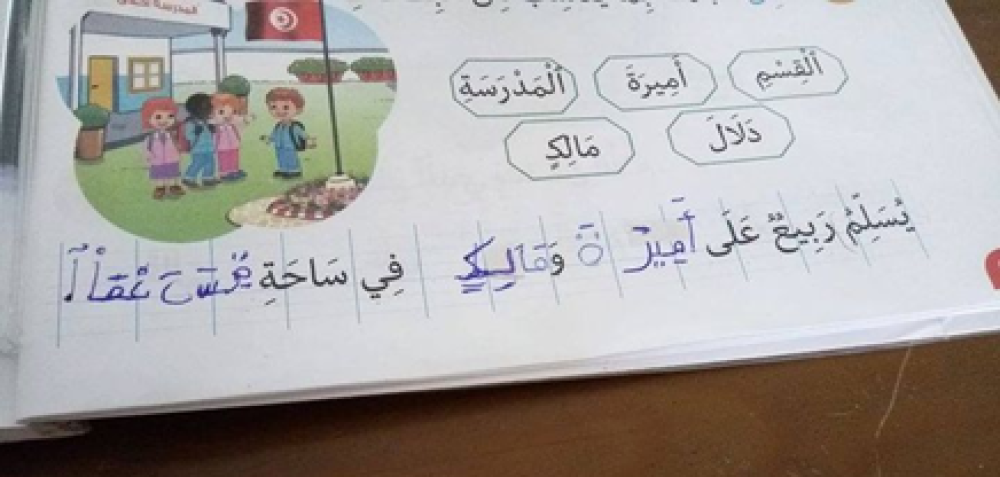Parents, early childhood teachers, and those teaching early writing often notice that many children write words backward or transpose certain letters. Is this a sign of dyslexia? Are there clear reasons for this? How can we address this issue?
I remember once during a mothers' meeting that the teacher gave us pens and papers, and asked us to hold the pen and write with our non-dominant hand. She put some small squares and lines, and emphasized the necessity of writing inside them and on the line. I did not expect that I would feel anxious and upset while writing, even though I am an adult and I am good at writing. After completing the task assigned to us by the teacher, the results were not satisfactory for any of us. The handwriting was very weak, and none of us wrote inside the square. We wrote below the line. It was difficult for us to control the pen because our non-dominant hand had not been trained and was not accustomed to this process with the weak hand.
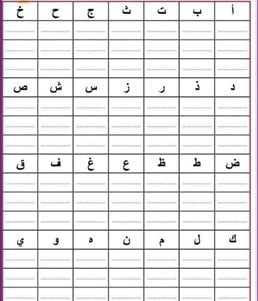
The process of learning to read and write is a complex and intertwined process preceded by many successive and interconnected stages, each building on the other. Without the learner's experience with it, he will not possess the tools of the language and will not be able to decode its audio and visual codes, until he learns how to read and write those symbols with ease.
Don't imagine that a child simply memorizing letters and visually distinguishing them is the basis for learning to write and read. It's worth noting that pressuring a child to accelerate this process before they are physically, cognitively, and perceptually ready may cause them many other problems, the simplest of which is reversed writing.
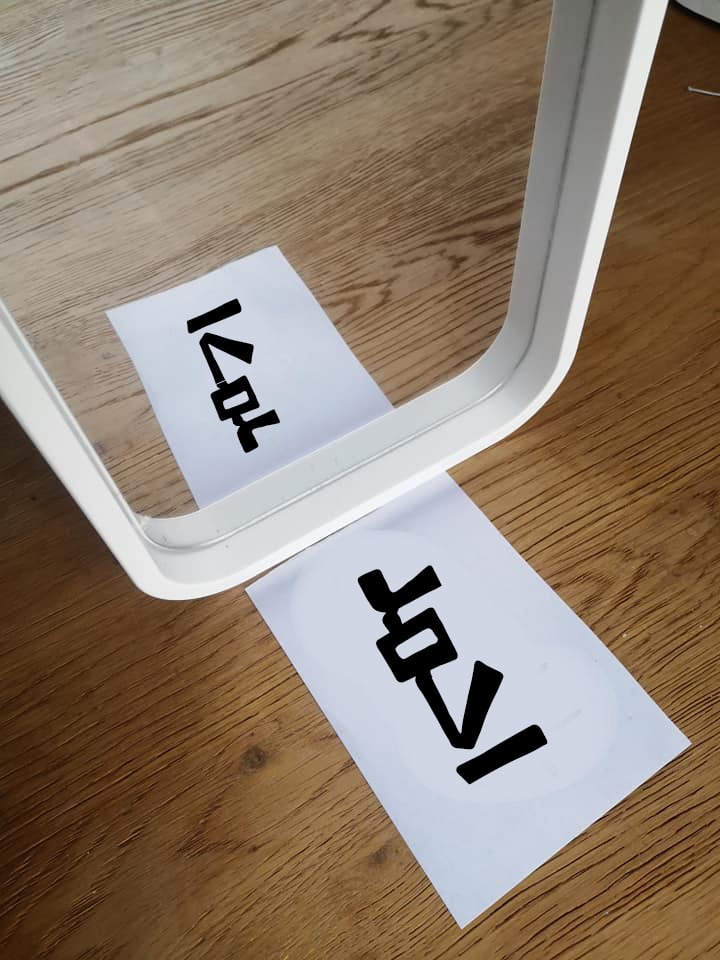
Mirror writing, also known as reverse writing or mirror-writing, is a style of writing that involves writing in reverse of the original direction of the word, resulting in a reversed image of the letter or word. The writing appears clearly when viewed in a mirror from right to left, or from top to bottom. It may not go beyond writing some letters and numbers, but it may go beyond writing an entire word or sentence in reverse. This can cause frustration and anxiety for the educator, who may think that this is an indication of some difficulty the child may face.
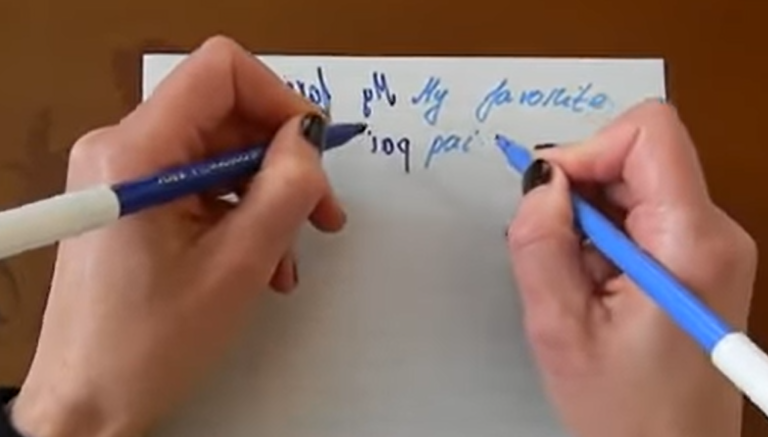
Who among us hasn't tried writing backwards, reversing words, numbers, or letters, and attempting to invert the text, intentionally or unintentionally? Haven't you tried it and considered it a fun, entertaining game? In fact, some trainers intentionally use this process to enhance brain flexibility.
Although this symptom resembles one of the most prominent and obvious symptoms and signs of dyslexia, it is not necessarily conclusive evidence of this difficulty. There may be other possible causes, including:
- Loss of some phonemic and phonological awareness skills such as analysis, segmentation, synthesis, etc.
Rushing to introduce letters - those abstract meanings for the child - and teaching them to him early on before he has mastered their sounds and before he has reached sensory perception of the language and verbally mastered its components and tools.
- Weak linguistic memory and training in analyzing the components of spoken language directly affect the early encoding and coding processes of the sounds and shapes of letters and words, and how words are formed. This leads to a confusion of letter shapes and sounds in the child's imagination, making search and retrieval difficult.
- Lack of vocabulary and linguistic stock, whether verbal or visual.
- Weakness in visual-semantic processing, which is a key element. If it is lost, the child will not be able to spell and write correctly. In this case, the child finds it difficult to identify details in words, distinguish differences between images, or the correct direction for writing and reading, and is unable to understand the correct context for writing letters.
Can I ask you a question?! Which way does an Apple open? Is it on the right or the left?
We may or may not remember, because this information is not essential to the brain; therefore, without looking at it, we can get confused, and the same thing happens with children, as they get confused about the direction of writing.
According to generalization theory, children between the ages of four and eight are not able to distinguish between mirror images, but are adept at generalizing acquired experiences, and are innately inclined to do so with sounds, images, shapes, and actions. This is where mirror writing, or what is called “Mirror generalization,” arises.




A cat to the right or left is still a cat to a child, and a duck is still a duck regardless of its direction. The child does not focus on the direction as much as he focuses on the thing itself and the correctness of the shape. Most things in nature around the child do not differ in shape: such as trees, butterflies, and animals, because they look the same from both directions. The child deals with letters and words in the same way. For the young learner, the matter requires time, training, guidance, and direct and clear instructions in order to be able to know and master the direction of those abstract symbols and shapes called “letters and words.”
Reversing letters, numbers, or even words, and sometimes sentences, or mirror writing, is not necessarily a sign of dyslexia. The reassuring thing is that most children who reverse words and letters before the age of seven can read and write easily without any problems. This phenomenon gradually disappears with training and practice. I advise teachers and parents to look at this process from a different perspective, and not consider it a mistake made by the student, but rather a type of natural development to distinguish between them. The ability to produce correct reversed words is not a mistake, so do not be alarmed or worried, but rather rest assured, and consider it like a child falling when taking his first steps while learning to walk. If the reversal and inversion process continues after the age of eight, then we should seek the help of a specialist.
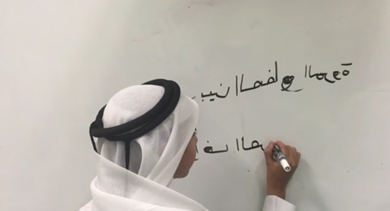
Mirror writing and reversing words is not a worrying symptom indicating a specific learning difficulty, but rather a learning stage that most beginners go through when learning to write and read.
If you encounter this:
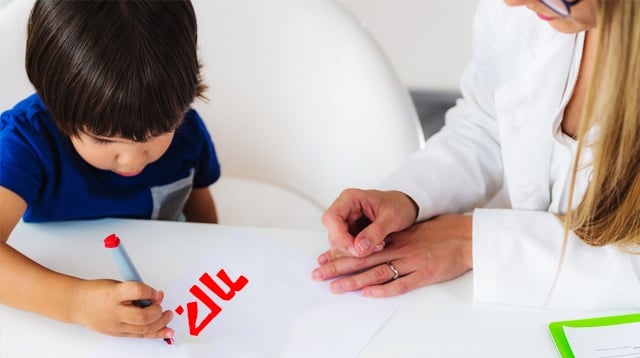
Don't panic or overreact or worry, but deal with the matter naturally. You just have to guide the child and explain to him the correct way to write and its direction.
Teach him how to write the letter. Don't object or ask, "Why are you reading it correctly but you're changing the word?" Don't blame him or make him feel like he made a serious mistake. Instead, tell him that writing has only one direction and point it out clearly.
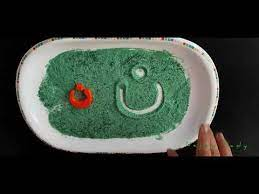
– Try to understand why he reversed the word. Ask him if it is the right direction and why he wrote it that way. You will often find him confused and unsure of the correct direction, just as you were confused and unsure of the location of the opening of an apple. Sometimes it takes time for us to learn the direction of opening a medicine box or a circular door handle, for example. It takes practice for us to do this process and realize it automatically. The same is true for the direction of writing. The more the child practices the process of reading and writing and points with his hand while reading in the correct direction, the more he will be able to overcome this problem.
Use sensory methods in training, such as writing with dough and sand, and play some games with him, such as searching for letters or reversed and correct words. After the sensory stage, start with a method appropriate to the child’s age and level, using paper and pen. Never start with a thin pen. Do not start with a line, square, or small space. Start with a white sheet of paper and a wide space, then introduce the line and squares, as the child feels nervous from writing on the line in the beginning.
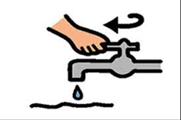
Another thing is that when we teach a child to open and close a tap, he will know that the two operations are opposite, but through them he will know how to use it. He is simultaneously learning the operation and its opposite, “opening and closing the tap.” The same is true when acquiring the skill of writing. There is room for both models: regular writing and reversed writing. However, we only use the model in one direction.
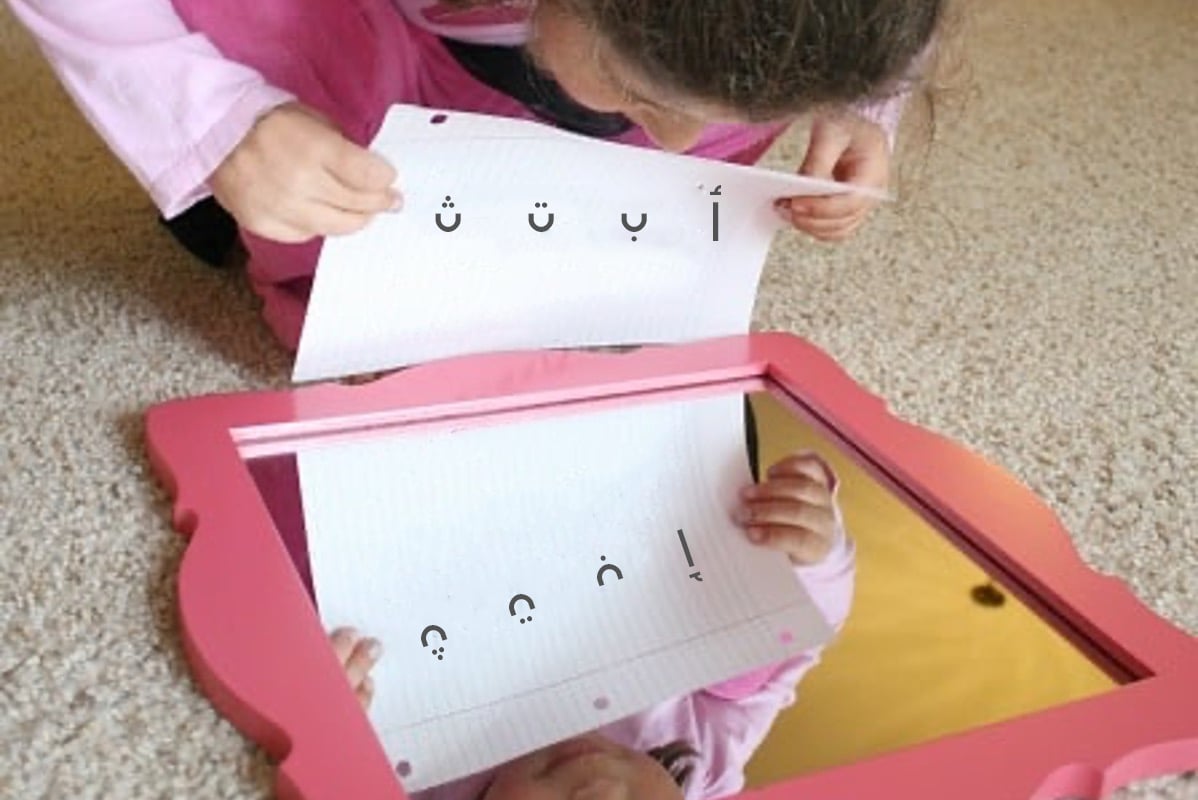
Let the child compare the words and discover and realize that the opposite form of the letter is not understood by others; thus, he will abandon it and realize how to write so that everyone understands what he wrote.
Finally, I should say that teaching a child two languages with opposite writing styles, such as Arabic and English, may delay the child's understanding of the writing style. Each child has their own learning schedule, so don't compare or pressure them. Be patient and understanding.
